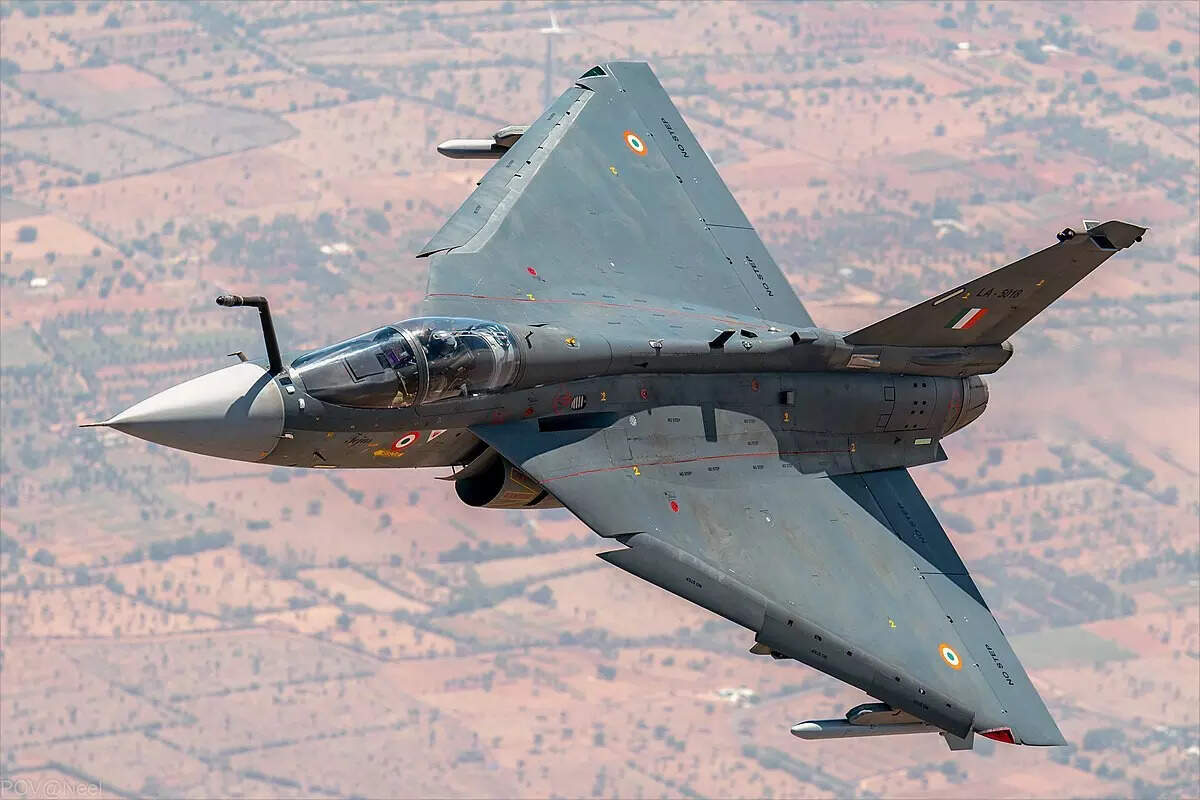
After producing almost a thousand Soviet-origin fighters—from the iconic MiG-21 to the in-service Su-30MKI—India’s largest combat aircraft manufacturing complex at Nashik has entered a new era focused on indigenous platforms.
The plant’s sprawling hangars, once home to the assembly lines that made 575 of the legendary MiG-21s, have been completely refurbished. New jigs, fixtures, and tooling now support the production of Indian-designed fighter jets and trainers, marking a step towards self-reliance in military aviation. Defence minister Rajnath Singh will preside over the first public flight of the locally-built LCA Mk1A from Nashik on Friday, symbolically closing a six-decade chapter of dependence on imported combat aircraft.
HAL’s new production line at Nashik will initially manufacture eight LCA Mk1A jets a year, with the potential for rapid scale-up. Along with two other operational lines in Bengaluru, the company will have a combined capacity of 24 fighters annually. The Air Force, however, requires a national capacity of 30-40 fighters per year to offset the phasing out of legacy fleets.
While most of Nashik’s infrastructure now serves the LCA and the indigenous HTT-40 basic trainer programmes, a portion remains dedicated to the Su-30MKI to fulfil an upcoming order for 15 aircraft.
The facility’s transformation—spanning 1.3 million square feet—has been completed with an investment of ₹500 crore and incorporation of advanced manufacturing technologies. “The additional assembly line is fully operational with over 30 structure assembly jigs for major LCA Mk1A modules such as centre fuselage, front fuselage, rear fuselage, wings, and air intake,” officials said.

